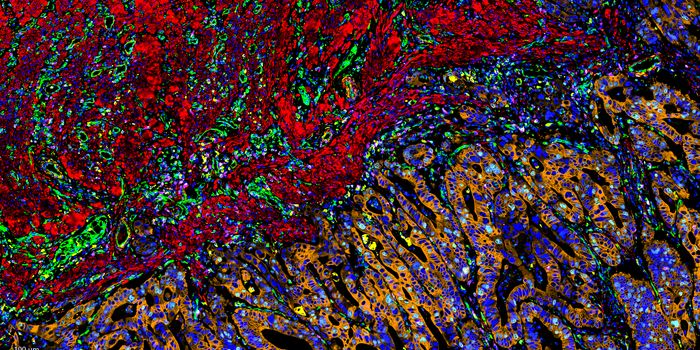Memorial Day 2024: Exposures that Elevate Cancer Risk in Veterans
Today marks Memorial Day, a holiday in the United States honoring men and women who died while in military service of the country. Local, regional, and state festivities honoring US military members have occurred since at least the end of the Civil War. These celebrations inspired the first Federal celebration, known as Decoration Day, which occurred in 1868 and culminated in volunteers decorating the grave sites of over 20,000 Civil War soldiers buried at Arlington Cemetery.
Following the Great War (now known as World War I), many Memorial Day celebrations evolved to recognize those who died during any war. Local and Federal observations took place on May 30 for several decades as chosen by General John A. Logan, who led an organization for Civil War veterans from the Northern states. May 30 represented a day that did not coincide with the anniversary of any Civil War battles, making it an “unbiased” date to remember veterans who died during the war.
In 1968, Congress passed the Uniform Monday Holiday Act, which declared Memorial Day a federal holiday. Since the Act went into effect in 1971, Americans have recognized Memorial Day on the last Monday in May. While many spend the three-day weekend camping, golfing, and barbequing, we should all take time today to recognize those who gave their lives so that we could enjoy these all-American summer pastimes!
Science, technology, and our understanding of disease have grown since the original Memorial Day remembrance celebrations following the Civil War. The expansion of our knowledge of chronic diseases, cancer, and mental health and wellness has led to the realization that some military veterans who survive the battlefield still experience ongoing hardships that could shorten their lives. These hardships, some readily visible and others that we can’t see, increase the mortality risk in veterans, who all deserve recognition for their contributions to our country.
Veterans experience an elevated risk of many types of cancer. Research has documented higher rates of melanoma and nonmelanoma skin cancer in veterans stationed in the Pacific during World War II.
Veterans also experience a higher exposure to radiation than the general public. Military activities, such as the cleanup of radiation spills and testing of nuclear weapons, can significantly increase exposure. Radiation exposure increases the risk of developing several types of cancer, including bone, breast, colon, liver, lung, and blood malignancies.
Exposure to toxic substances in smoke, sand, dust, air pollution, and aircraft exhaust also occurs more prominently in veterans than in the general public. Recent focus on burn pits, commonly used in the wars in Iraq and Afghanistan, have uncovered links between exposure and several cancers.
Take a moment today to recognize the brave men and women in the United States military who died in service to their country, as well as those who returned home but continue to experience hardships related to their military service.
Sources: Int J Dermatol, J Am Acad Dermatol, Ann Psychiatr Clin Neurosci









